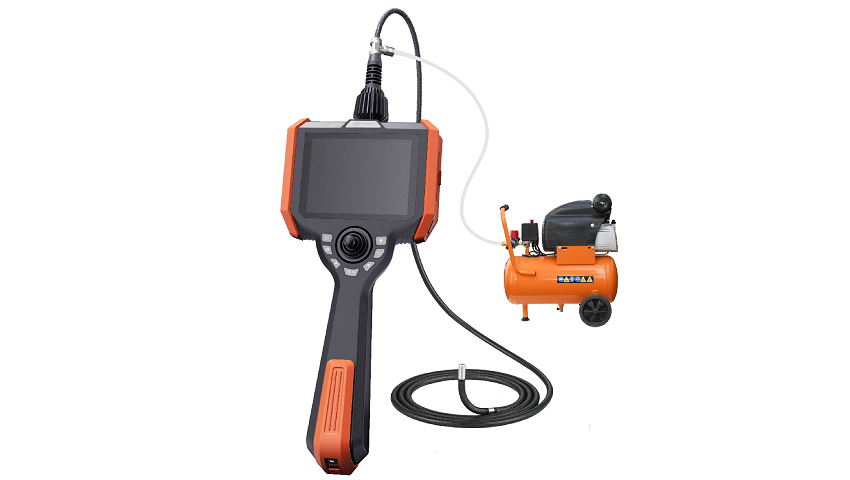The Principles of High-Temperature Endoscopes
2023-10-11
In the industrial sector, high-temperature endoscopes are crucial equipment used for inspecting and monitoring equipment and pipelines in extreme temperature, pressure, or hazardous environments. These devices must not only withstand these harsh conditions but also provide a clear view for operators to conduct effective inspections and maintenance. In this article, we will explore the principles behind high-temperature endoscopes .
Principles of High-Temperature Endoscopes
High-temperature endoscopes are designed to operate in extreme heat conditions. They typically consist of several key components:

1.Lens System: The lens system of high-temperature endoscopes is typically made from high-temperature-resistant materials such as special alloys or ceramics to withstand corrosion and deformation in high-temperature environments. The lens design aims to provide clear, minimally distorted images.
2.Illumination System: Due to the often insufficient lighting in high-temperature environments, high-temperature endoscopes are typically equipped with built-in illumination systems that use high-temperature-resistant light sources, such as special LEDs, to ensure operators can see the inspected area clearly.
3.Lens Cooling System: In extremely high-temperature conditions, there is a risk of the endoscope lens overheating. Therefore, some high-temperature endoscope designs include lens cooling systems to maintain the lens at a manageable temperature.
4.Image Transmission System: Images obtained through the endoscope's lens need to be transmitted to a monitor or recording device. This process typically involves fiber optic or cable transmission to ensure high-quality image transfer.
5.Operating Shaft and Controller: High-temperature endoscopes are often accompanied by an operating shaft through which operators can control the direction and focus of the lens using buttons or handles on the controller.



